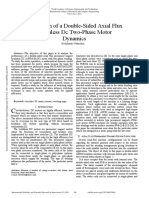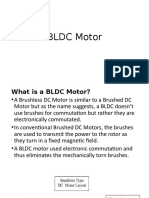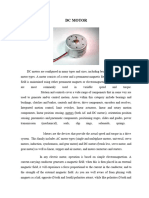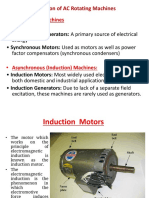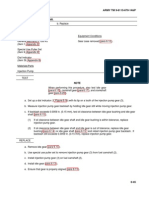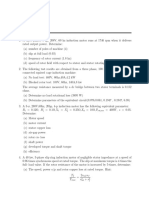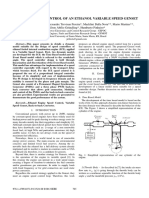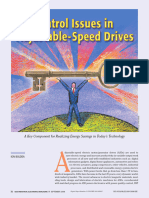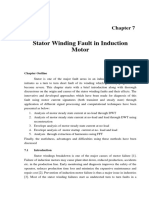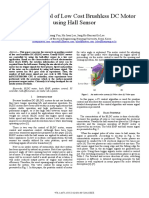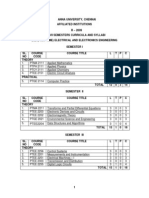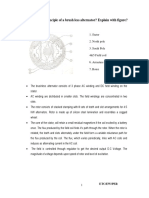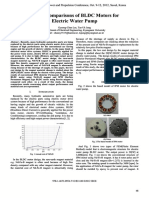0% found this document useful (0 votes)
35 views14 pagesMacunit 2
Axial Flux Permanent Magnet Synchronous Motors (AF-PMSMs) are favored for electric vehicle (EV) applications due to their higher power density, improved efficiency, and high torque at low speeds, which enhance vehicle performance and range. Their compact design allows for better cooling and modularity, making them adaptable for various EV types. Additionally, different rotor types and control methods, such as Field-Oriented Control, further optimize their functionality in industrial applications.
Uploaded by
siva.ee23Copyright
© © All Rights Reserved
We take content rights seriously. If you suspect this is your content, claim it here.
Available Formats
Download as PDF, TXT or read online on Scribd
0% found this document useful (0 votes)
35 views14 pagesMacunit 2
Axial Flux Permanent Magnet Synchronous Motors (AF-PMSMs) are favored for electric vehicle (EV) applications due to their higher power density, improved efficiency, and high torque at low speeds, which enhance vehicle performance and range. Their compact design allows for better cooling and modularity, making them adaptable for various EV types. Additionally, different rotor types and control methods, such as Field-Oriented Control, further optimize their functionality in industrial applications.
Uploaded by
siva.ee23Copyright
© © All Rights Reserved
We take content rights seriously. If you suspect this is your content, claim it here.
Available Formats
Download as PDF, TXT or read online on Scribd
/ 14




